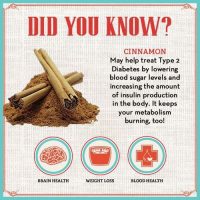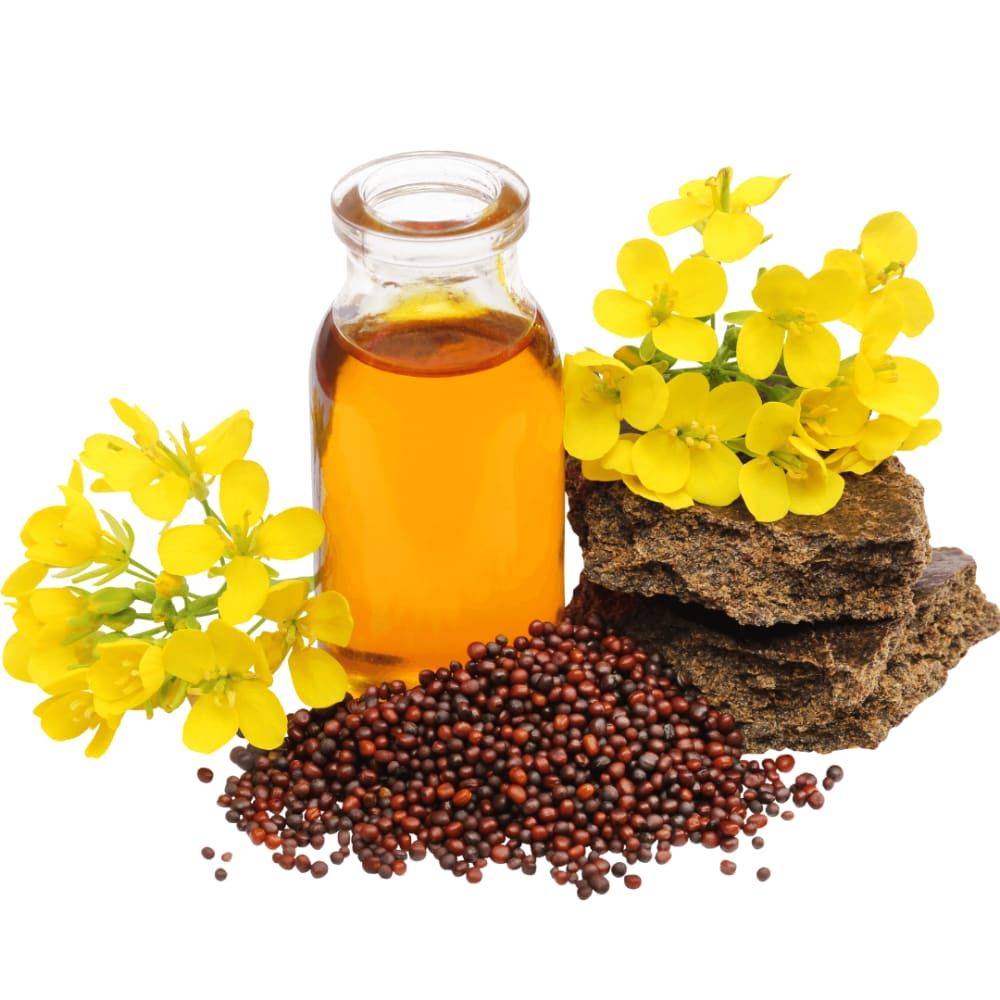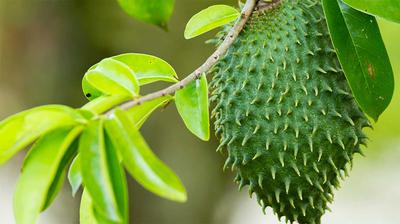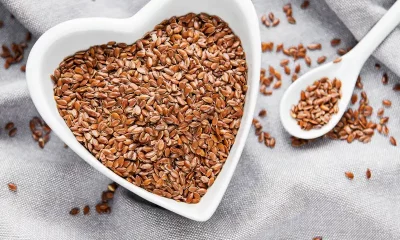Health
Cinnamon and diabetes: how to use it to lower your blood sugar level

Discover how to use Cinnamon for diabetes.
Why and how to use cinnamon to lower the level of sugar and fat in the blood?
Cinnamon, also known as “poor man’s insulin”, has long been known for its action on diabetes and cholesterol. Let’s see here why it is advisable to consume cinnamon when you have diabetes, and how to take cinnamon for an effective effect.
Be aware, however, that under no circumstances should you stop taking the medications prescribed by your doctor, and take advice from him if you want to take cinnamon.
This way to buy cinnamon, the aromatic bark of the cinnamon tree used in cooking and therefore as a natural remedy against diabetes.
What is diabetes?
Diabetes is chronic hyperglycemia, an excess of sugar in the blood causing blood sugar that is too high compared to the average. This excess of sugar is the consequence of poor assimilation, poor use and poor storage of sugars by the body.
Indeed, in a normal organism, the carbohydrates in the diet are transformed into glucose, the pancreas then detects the increase in blood sugar and will produce insulin.
This insulin helps glucose to enter body cells (muscles, organs, etc.) and the liver where it will be processed and stored. Blood sugar levels then decrease in the blood.
For people with diabetes, this regulatory system does not work and must be supported by injections of insulin through injections.
There are mainly two types of diabetes :
- Type 1 diabetes: or insulin-dependent diabetes, about 6% of diabetics. It is characterized by insufficient production of insulin.
- Type 2 diabetes: or non-insulin-dependent diabetes, 92% of diabetics. It is characterized by initially an insulin resistance of certain organs which prevent the entry of insulin.
This resistance to the action of insulin leads to an overproduction of insulin by the pancreas to compensate, a pancreas which gets tired and after twenty years, no longer produces enough insulin: this is the insulin deficiency.
You should know that this type of diabetes increases the risk of cardiovascular disease by 2 to 4 times (heart attack, high blood pressure, etc.).
Can cinnamon lower your blood sugar
A simple answer would be: yes! But let’s dig into the subject a bit.
To go further, find out what are the virtues of cinnamon.
For the little story :
It is a happy mistake that led Western researchers to find the effect of cinnamon on blood sugar (although this effect has been known for ages in Asia).
Indeed, we owe this discovery to Dr Richard A. Anderson, who originally studied the properties of chromium. USDA researcher, senior scientist at Beltsville Human Nutrition Research Center, Beltsville, and physician.
He has published over 230 scientific manuscripts and presented over 200 presentations at regional, national and international meetings around the world.
While studying the effects of chromium on diabetes, he realizes that apple pie stimulates insulin activity. No sense, the apple pie contains only a little chromium and a lot of sugar!
Anderson then thinks of the effect of apples, but quickly realizes that this effect is due to another ingredient in the pie… cinnamon!
The scientist will therefore focus his studies on the effects of cinnamon on diabetics. Many other scientists will follow, all convinced that cinnamon is the best hope for a natural cure for diabetes.
What evidence for the effect of cinnamon on diabetes?
Following Dr Anderson’s discovery, hundreds of studies are being conducted on the bark by hundreds of scientists. Finally, it is Dr Anderson who will publish in 2010, a scientific article taking stock of the 16 main studies on cinnamon.
Of these 16 studies, 11 show a significant effect of the spice, and 5 show little or no influence on the drop in blood sugar.
CASES WHERE CINNAMON HAS LITTLE OR NO EFFECT:
Regarding these latest inconclusive or inconclusive studies, patients were taking metformin, one of the most common treatments for type 2 diabetes.
According to Anderson: “Metformin acts like cinnamon, increasing insulin sensitivity. If you take enough metformin to manage blood sugar, cinnamon will not affect”.
The poor or inconclusive studies have shown no effect on young people with type 1 diabetes, a logical result, because people with type 1 diabetes have little or no insulin, and cinnamon is not a substitute for it. insulin.
A study has shown that cinnamon does not lower blood sugar levels in healthy people without any diabetes problem.
There are still studies, conducted on other patients that have not led to conclusive results.
CASES WHERE CINNAMON HAS A SIGNIFICANT EFFECT:
The most significant study was conducted by Dr Anderson with a team of researchers from the Peshawar School of Agriculture.
This study was carried out on 60 middle-aged patients suffering from type 2 diabetes, divided into 6 groups. Group 1 took 2 capsules of cinnamon per day, group 2 took 6 and group 3 took 12. The other groups had the same amounts of capsules, but a placebo.
Treatment was carried out for 40 days in all groups, and the capsules contained 500 mg of cinnamon (approximately 1/4 teaspoon). The patients ate as usual while taking their diabetes medication, but not metformin.
The result: in the groups taking cinnamon, there was a drop in blood sugar levels of 18 to 29%. We also observed a drop in triglycerides from 23 to 30%, in total cholesterol from 13 to 26%, and bad cholesterol (LDL cholesterol) from 10 to 24%.
A study conducted by researchers at the University of Pomona in California (USA) on 543 patients with type 2 diabetes arrived at the same conclusions, showing besides that cinnamon increases the level of good cholesterol (HDL).
How does cinnamon affect blood sugar
The magic compound that comes into play is called: polymer methylhydroxychalcone (MHCP), the most active compound in the bark.
Indeed, studies by Professor Anderson have shown that this substance increases the metabolism of glucose up to 20 times, the process which converts sugar into energy. As such, cinnamon is the ally of diets!
Cinnamon facilitates the work of insulin and therefore helps to get sugar into cells. As such, it would affect comparable to certain drugs such as thiazolidinediones (Actos®, Avandia®, etc.), which reduce insulin resistance.
Also, MHCP is a formidable antioxidant, from a class of polyphenols found in cocoa beans, which also has an impact on diabetes.
Antioxidants prevent the formation of free radicals, which damage the DNA of cells and which therefore lead to chronic diseases, including diabetes. There are many studies on the action of antioxidants on diabetes and cholesterol reduction.
What variety of cinnamon for diabetes?
As I explain in our article on how to lose weight with cinnamon, there are two varieties, which come from the bark of two very similar but different tree species:
- Cinnamomum Verum, known as Ceylon cinnamon, also known as real cinnamon,
- Cinnamomum aromaticum or Cinnamomum cassia, known as cinnamon from Indonesia or China, also known as false cinnamon.
Let’s be clear: when it comes to lowering blood sugar and cholesterol, variety doesn’t matter, they have the same effect. That said, for long term use, we still recommend Ceylon cinnamon.
Indeed, their health benefits are the same, with one exception that makes all the difference: coumarin. It is the coumarin concentration that differs in the two species.
Ceylon cinnamon bark (Cinnamomum Verum) hardly contains any, but on the other hand, Chinese cinnamon bark (Cinnamomum cassia) is rich in it.
Except that coumarin is potentially toxic to the liver because it has hepatotoxic properties. So for long term consumption, prefer Ceylon cinnamon.
How to take cinnamon?
The different ways to do it:
It should be consumed daily, whatever the way. We recommend doses between 1 and 4 g (between 1/2 and 1 teaspoon per day) of Ceylon cinnamon per day, even if studies have not made it possible to update an ideal dosage. You can consume it:
- For breakfast: in cottage cheese, on your cereals, on a fruit salad, etc.
- In your savoury dishes: yes, especially in the Maghreb and in the East, it is found in salty dishes: couscous, tagines, etc.
- In the preparation of your desserts: to add directly to your preparations.
- Like a drink: in milk ( recipe for cinnamon milk ), in your tea, fruit juice (apple, orange, grape, etc.), smoothies, etc.
You can also just make an infusion of cinnamon, by boiling a cup of water, then infusing a few cinnamon sticks, or a teaspoon of ground cinnamon, covered, for 10 min.
Do not hesitate to sweeten with honey, the benefits of both are very beneficial, discover, on this subject, our article on the virtues of honey with cinnamon.
Cinnamon has a sweet flavour that will replace sugar in all your preparations.
Does cinnamon work quickly?
The first effects on blood sugar are felt after 2 weeks of daily absorption.
The first effects on cholesterol and triglycerides may take months to appear.
Contraindication and side effects:
The consumption of cinnamon is not without risk, we have devoted an article detailing the possible problems associated with the consumption of cinnamon, where you will find the contraindications, drug interactions, side effects, etc.
If using Indonesian cinnamon (Cinnamomum cassia), do not exceed 1/2 teaspoon per day. The coumarin present in this variety is an anticoagulant, be careful if you are on anticoagulant treatment.
Rarer, coumarin, in large amounts and over long term consumption can cause liver damage.
Excessive consumption of cinnamon can cause side effects: increased heart rate increased blood pressure and palpitations.
To sum up “cinnamon and diabetes”:
Should we consult a doctor? Yes, yes, and again yes, never stop treatment and seek the advice of your doctor before embarking on any cure.
Is it effective? Yes, but not for everyone.
For who? People with prediabetes, metabolic syndrome or type 2 diabetes, if you are not taking metformin. It is possible to consult your doctor to see if it is possible to lower the doses of metformin by adding cinnamon to your diet.
How? ‘Or’ What? Add cinnamon (preferably Ceylon) every day to a healthy diet and exercise for 20 minutes per day.
Health
Dangers and side effects of spirulina

Table of Contents
Health
5 health benefits of bananas for men

Table of Contents
Discover the 5 amazing health benefits of bananas for men.
Bananas have various male health benefits. They can be used effectively to fight against constipation, help protect the kidneys and more.
Bananas are rich in nutrients, including vitamins (A, C, and B6), minerals (potassium, magnesium, folate, riboflavin, niacin, thiamin, and iron), protein, carbohydrates, fat, and fiber.
<img class=”i-amphtml-intrinsic-sizer” style=”box-sizing: border-box; max-width: 100%; display: block !important;” role=”presentation” src=”data:;base64,” alt=”” aria-hidden=”true” /><img class=”i-amphtml-intrinsic-sizer” style=”box-sizing: border-box; max-width: 100%; display: block !important;” role=”presentation” src=”data:;base64,” alt=”” aria-hidden=”true” />
Due to their high nutritional content, bananas exhibit several benefits when consumed, especially for men.
1. Heart and nervous system
The high potassium content in bananas helps protect the heart and nervous system.
It also helps in muscle contraction.
Therefore, bananas are good for the heart, digestive system, and other muscles in the body.
That is why it is recommended to eat a banana before or after exercise.
Potassium also helps keep the heart rate at a normal rate.
Potassium and low sodium help keep blood pressure low.
2. Bananas for kidney and bones
The high potassium content of bananas also contributes to healthy kidney function and bone development.
This is because potassium retains the loss of calcium in the urine, which allows the body to absorb more minerals and thus strengthen the bones.
3. Bananas for blood and immune system
The high content of vitamin B6 supplies blood haemoglobin and maintains healthy blood sugar levels for the body by converting carbohydrates into glucose.
Vitamin B6 also helps the body make antibodies, which are used by the immune system to fight disease.
4. Bananas to improve mood
Bananas contain an amino acid called tryptophan, which is converted into serotonin in the body.
It maintains a positive mood and helps fight depression.
During stress, the body consumes potassium.
Because a banana contains around 400 milligrams of potassium, eating one a day can help you stay healthy during times of stress.
5. Bananas for weight management
The fibers present in bananas can help maintain regular bowel movements.
They can also help you feel fuller longer after eating.
We hope the article “5 health benefits of bananas for men” was of help to you.
Health
8 Benefits of mustard oil and side effects

Table of Contents
-

 Benefits4 months ago
Benefits4 months agoThe Benefits of Joining Gym Lumolog – Improve Your Fitness & Health
-

 Food1 year ago
Food1 year ago10 + Benefits of carrot juice and side effects
-

 Health1 year ago
Health1 year ago50 Super Healthy (And Very Often Cheap) Foods
-

 Health1 year ago
Health1 year ago5 Shocking health benefits of kinkeliba and side effects
-

 Food1 year ago
Food1 year ago8 shocking benefits of leek juice and side effects
-

 Health1 year ago
Health1 year ago15 health benefits of soursop leaves tea and side effects
-

 Health1 year ago
Health1 year ago15 Benefits of lipton tea and side effects
-

 Health1 year ago
Health1 year agoBenefits of guava leaves Sensually












